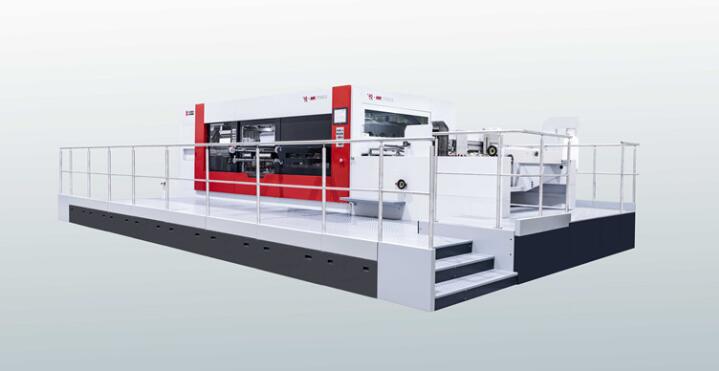A die-cutting machine serves as a versatile and indispensable tool in various industries and crafting endeavors. Its primary purpose is to precisely cut shapes and patterns from a variety of materials, ranging from paper and cardboard to fabric, foam, and even thin metal sheets. This innovative device operates using dies—sharp, custom-shaped blades that define the form to be cut.
One of the key advantages of die-cutting machines is their ability to consistently produce intricate and complex shapes with exceptional accuracy. This precision is especially crucial in industries such as packaging, where consistent and perfectly cut designs contribute to the overall aesthetic appeal of the product. Additionally, die-cutting machines are employed in the creation of labels, stickers, and promotional materials, ensuring that each piece is uniform and visually appealing.

In the realm of crafting and DIY projects, die-cutting machines empower enthusiasts to unleash their creativity. These machines offer a wide range of die options, allowing users to cut shapes that might be challenging or time-consuming to achieve by hand. Whether it's for scrapbooking, card making, or home decor, the die-cutting machine simplifies the process, making it accessible to individuals of all skill levels.
The die-cutting process involves placing the chosen material onto a cutting mat and positioning the selected die on top. The machine then applies pressure to the die, causing it to cut through the material and create the desired shape. Some die-cutting machines are manual, requiring the user to crank a handle to apply pressure, while others are electronic, with motors automating the cutting process for added convenience.
Die-cutting machines come in various sizes and capabilities, catering to different needs and preferences. Some are compact and portable, suitable for small-scale projects or crafting on the go, while others are larger and more powerful, accommodating industrial-scale production.
In addition to cutting, die-cutting machines often offer embossing and debossing capabilities. Embossing involves creating raised patterns or designs on the material, adding texture and dimension to the finished product. On the other hand, debossing results in indented designs, providing a tactile and visually appealing element to the cut shapes.
The versatility of die-cutting machines extends beyond traditional crafting materials. They can also be used to cut and shape leather, vinyl, and other unconventional substances, expanding their applicability to diverse projects and industries. For example, in the fashion industry, die-cutting machines are employed to cut precise patterns for garments and accessories, streamlining the manufacturing process and ensuring consistency in design.
Die-cutting machines have become integral in the production of custom invitations, stationery, and wedding-related items. The ability to cut intricate patterns and designs enhances the overall aesthetics of these products, contributing to a personalized and memorable touch for special occasions.
In conclusion, the purpose of a die-cutting machine is multifaceted. From industrial applications requiring precision and efficiency to the realm of creative expression in crafting, these machines have revolutionized the way shapes and designs are produced. As technology continues to advance, die-cutting machines are likely to evolve, offering even greater capabilities and pushing the boundaries of what can be achieved in both professional and personal creative endeavors.
Copyright:@2020-2021
Comments Please sign in or sign up to post.
0
0 of 500 characters used